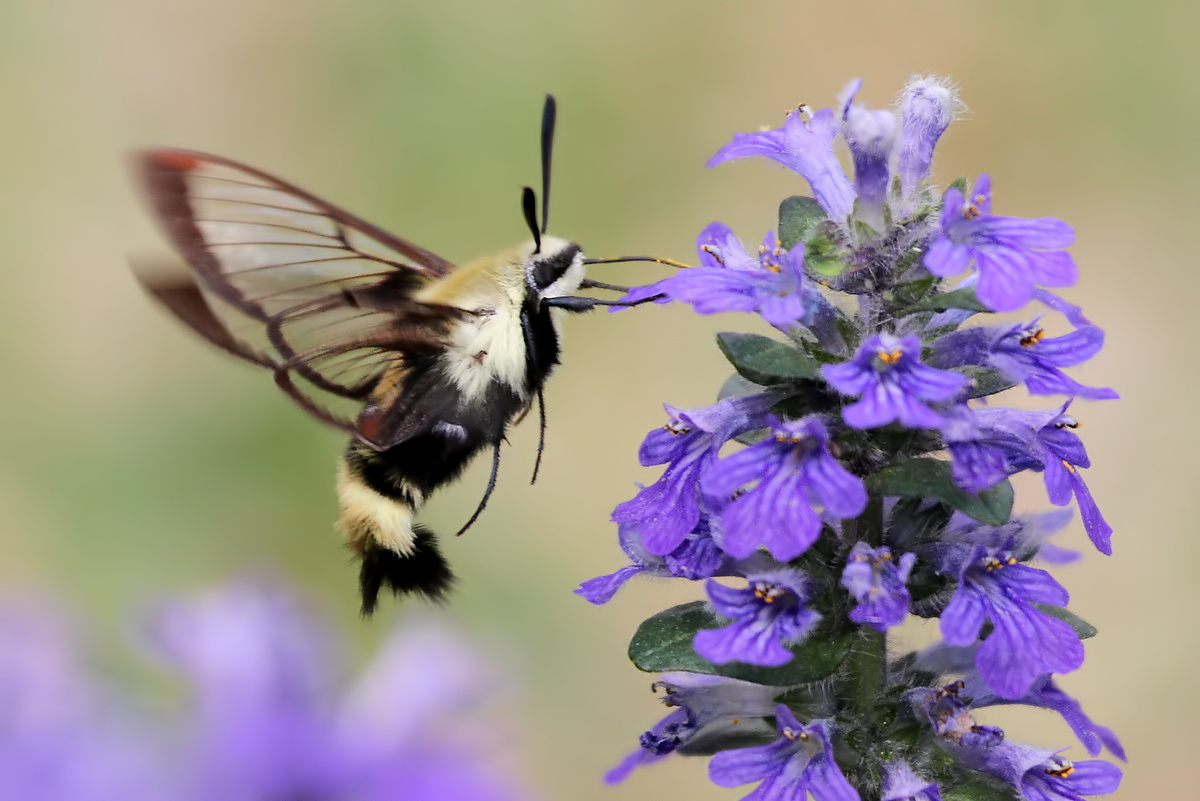Walk any trail these days and you will probably see an artistically arranged stack of stones somewhere along it. With rocks of myriad shapes, sizes, textures, and hues miraculously balanced upon one another, these small towers can be enchanting. As striking as they may be, these increasingly common manmade piles can have a bigger impact than you might think.
Cairns, a purposeful arrangement of rocks, has prehistoric origins. For thousands of years across innumerable cultures, they have signaled burial grounds, guided nautical travels, held religious shrines and more. Even now they are what many parks use for subtle wayfinding to keep hikers from becoming lost. Stacking stones is a quick fulfillment of a primal desire to make our mark during travels, not to mention an eye-catching photo guaranteed to be one of the most popular on your feed. Moving a few rocks into a stack seems to have negligible impact. But with thousands of stacks made by thousands of people in a thousand different places, is the impact still inconsequential?
Even though rocks themselves are not living, they are a critical part of wildlife habitats. Fish live and reproduce in cavities created by rocks. When those cavities no longer exist, the fish’s eggs can float downstream making an easy meal for predators. Not having rocks to cover the water exposes it to sunlight heating the area and leaving species who thrive in cooler waters with fewer places to live and breed.
Part of some aquatic insects’ life cycle takes place entirely attached to a rock. When the rock moves, they can be crushed or dry out in open air. Highly endangered freshwater mussels wedge themselves between rocks for optimal access to food. Even pebbles at the bottom of a stream serve a purpose for wildlife like salamanders who use them for concealment.
The humble rock affects water quality too. Once a stone is moved, the soil trapped beneath it is released downstream. Too much soil can accumulate in slower flowing water and potentially smother bottom-dwelling organisms. Rocks often stagger the flow of water creating pools or rapids. If they are displaced or removed entirely, the rate of flow can increase and cause erosion, adding more particles of soil to the water.
The impact of spontaneous stone stacking bleeds into outdoor recreation too. Since the 1990s, the National Park System has used a cairn as an official trail marker. They were embraced as understated, infrequent guides that keep hikers on the trail without distracting from dazzling landscapes and a feeling of wilderness. But the dramatic number of unofficial cairns in recent years has wreaked havoc on parks’ trail systems. In a single year, Acadia National Park took down 3,500 unofficial cairns along a trail. They had to close one summit because hikers were confused with the many different directions the stacks seems to indicate.
From a rock-stacker’s point of view, it can be a meditative, creative outlet inspired by ancestral interactions with nature. What is the harm in moving just a few stones? A single tower doesn’t permanently alter the landscape. The problem is scale. Building cairns is an example of the power that social media has on escalating a mostly harmless act into serious ecological damage with a world-wide scope. Even more disappointing, stacks have a relatively fleeting purpose once they are complete: the photo is taken and the cairn is abandoned.
Stemming the cairn craze will be difficult. The first step is to resist making new stone towers. If a hiker sees stacked stones during their exploration, they should report the location of the cairn to the park or nature preserve’s managers. Stewardship professionals have the expertise to deconstruct the towers without creating an ever larger impact which can happen if the towers are haphazardly scattered.
Together, we can make sure that emotions are the only things moved in a natural landscape. Respect for nature as it already exists has ancestral precedence too.
Kelley V. Phillips is the Communications & Outreach Manager for Red-tail Land Conservancy. She strives to cultivate wonder in nature and action to protect it.
Photo by Elizabeth Ploog (note: Ploog reported these cairns, not stack them)




